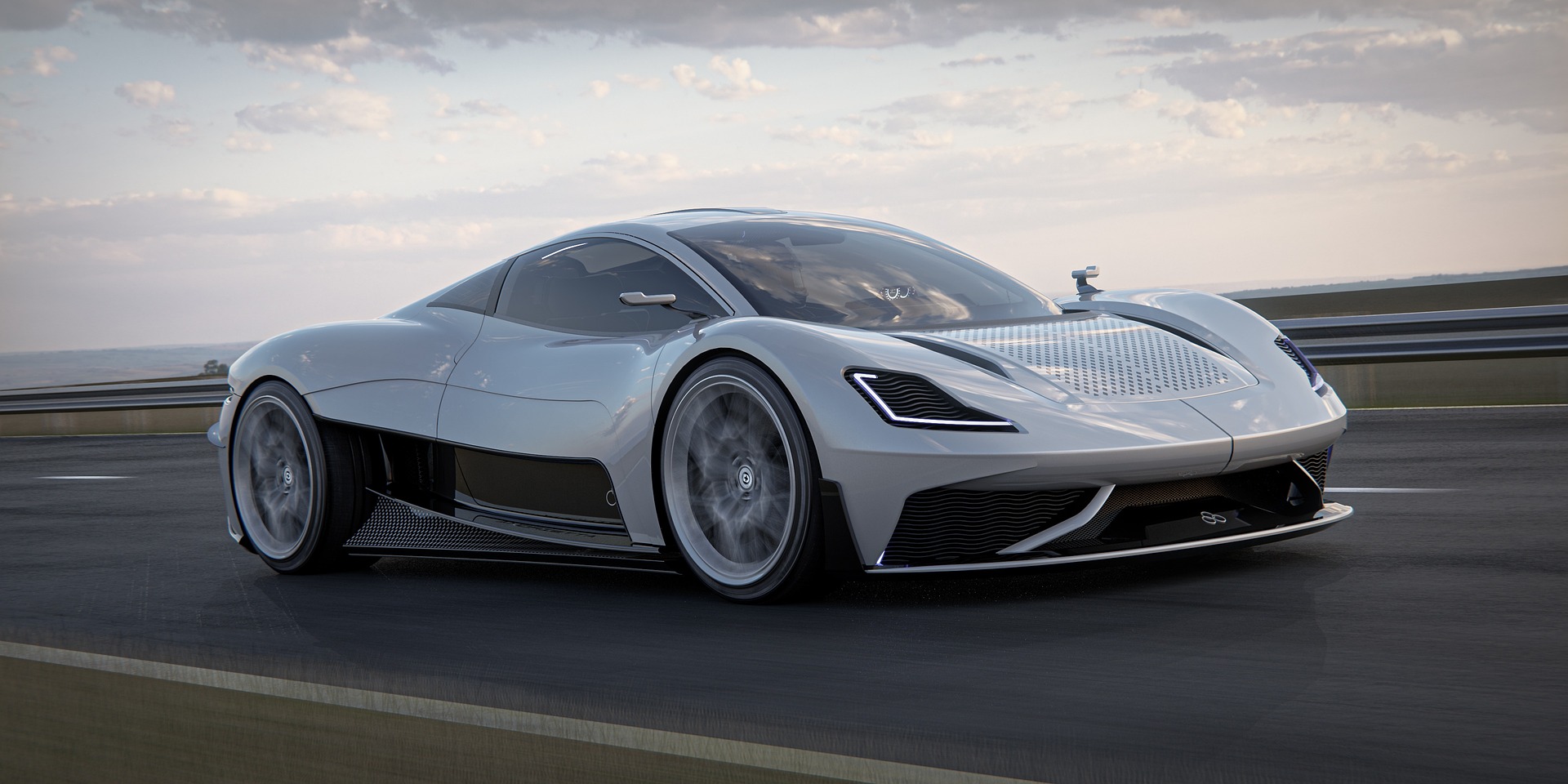Revisiting the Glory of Superchargers: A Power Boosting Journey
Imagine the thrill of accelerating down an open highway in a classic muscle car, the rumble of the engine resonating in your chest. The secret behind this raw power? A supercharger, a device that has been at the heart of many performance vehicles for decades. Let's delve into the fascinating world of superchargers, their history, and the role they play in today's automotive landscape.

A Historical Journey of Superchargers
Superchargers have a rich history dating back to the early 20th century. Invented by Lee Chadwick in 1902, this technology was initially used in aircraft engines during World War I to enhance high-altitude performance. Interestingly, it was later adopted by the automotive industry to increase the power output of internal combustion engines. The 1921 Mercedes 6/25/40 hp was the first production car to utilize a supercharger, marking a significant milestone in automotive history.
How Superchargers Work
Understanding the mechanics of superchargers requires a basic knowledge of internal combustion engines. In simple terms, a supercharger forces more air into the combustion chamber, allowing the engine to burn more fuel and generate more power. Unlike turbochargers that use exhaust gases, superchargers are driven directly by the engine’s crankshaft, usually via a belt. This means that the power boost is instant, with no “turbo lag,” resulting in a more responsive throttle and enhanced acceleration.
The Role of Superchargers in Modern Cars
Even in the era of electric and hybrid vehicles, superchargers remain relevant. They are commonly found in high-performance cars such as the Chevrolet Corvette and the Dodge Hellcat series. These vehicles need the instantaneous power that superchargers provide to achieve 0-60 mph times that leave competitors in the dust. Additionally, some manufacturers are exploring the concept of “electric supercharging” to eliminate the power drain associated with conventional superchargers, indicating a promising future for this technology.
The Impact and Challenges of Supercharger Technology
Superchargers have significantly impacted automotive performance, allowing for the creation of some of the most powerful cars in history. However, they also come with challenges. Superchargers can increase fuel consumption, as the engine must burn more fuel to accommodate the extra air. They also generate a lot of heat, which can lead to engine damage if not properly managed. Despite these issues, the benefits of using a supercharger—immediate power boost and enhanced engine performance—often outweigh the downsides for performance-focused drivers.
Conclusion
The journey of superchargers, from their early adoption in aircrafts to their current role in high-performance cars, is a testament to the enduring appeal of raw, instant power. Despite the rise of new technologies and the shift towards cleaner fuels, superchargers continue to find their place in the world of performance cars. As we look to the future, the evolution of supercharging technology remains an exciting prospect for automotive enthusiasts and industry experts alike.




